Abstract
A method of systematic task analysis is applied to the problem of designing a sequence of learning objectives that will provide an optimal match for the child's natural sequence of acquisition of mathematical skills and concepts. The authors begin by proposing an operational definition of the number concept in the form of a set of behaviors which, taken together, permit the inference that the child has an abstract concept of “number”. These are the “objectives” of the curriculum. Each behavior in the defining set is then subjected to an analysis that identifies hypothesized components of skilled performance and prerequisites for learning these components. On the basis of these analyses, specific sequences of learning objectives are proposed. The proposed sequences are hypothesized to be those that will best facilitate learning, by maximizing transfer from earlier to later objectives. Relevant literature on early learning and cognitive development is considered in conjunction with the analyses and the resulting sequences. The paper concludes with a discussion of the ways in which the curriculum can be implemented and studied in schools. Examples of data on individual children are presented, and the use of such data for improving the curriculum itself, as well as for examining the effects of other treatment variables, is considered.
Full text
PDF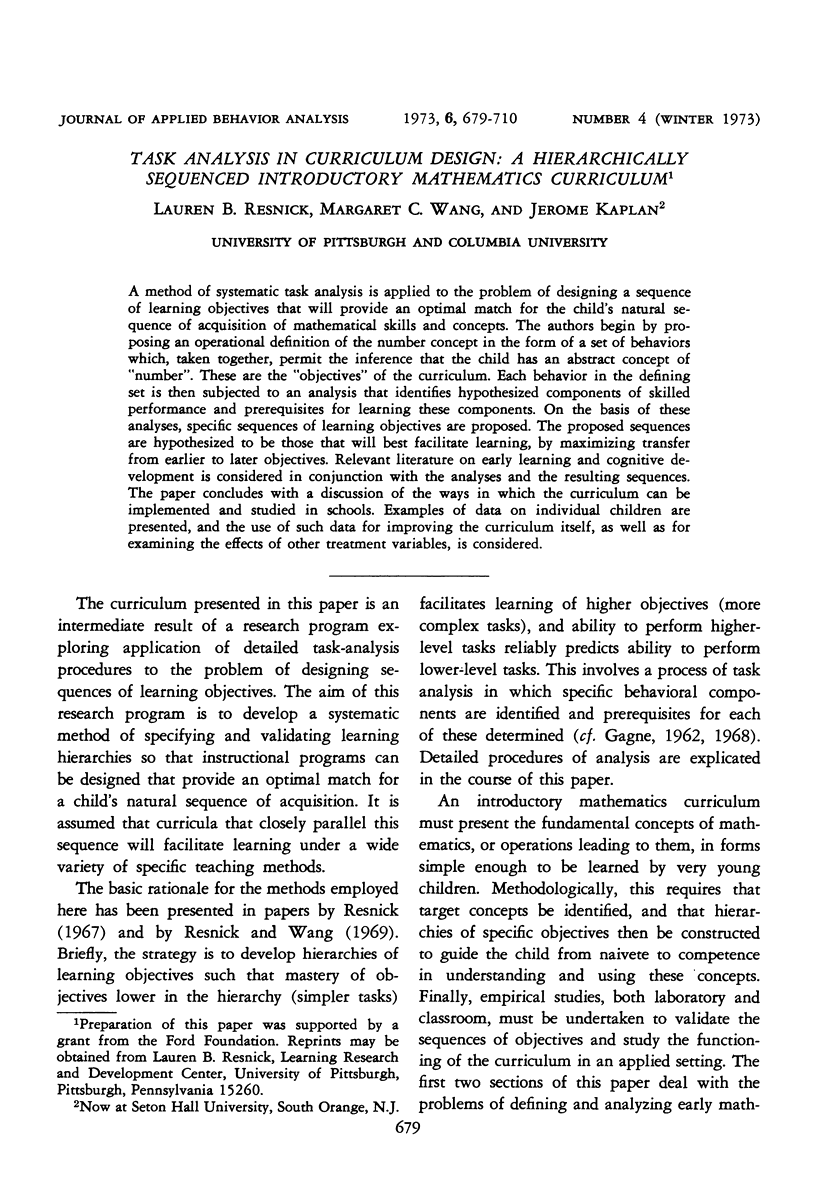
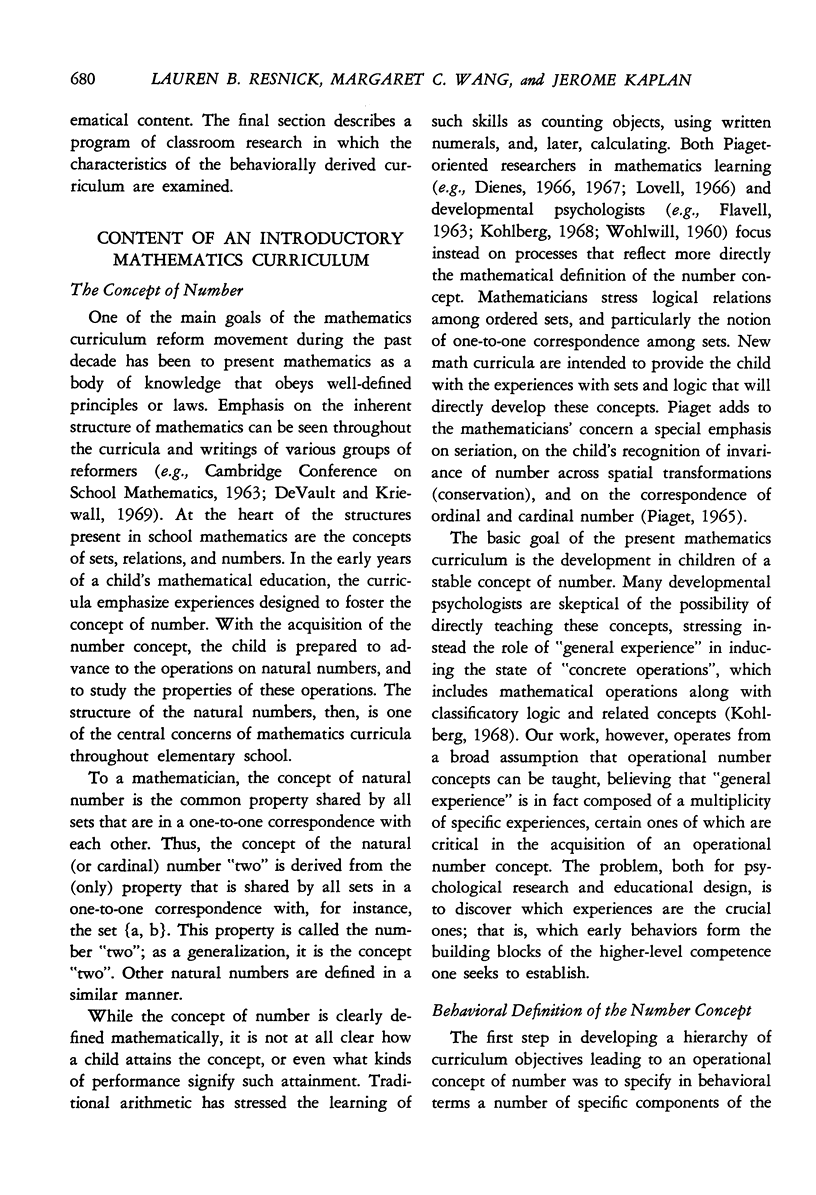
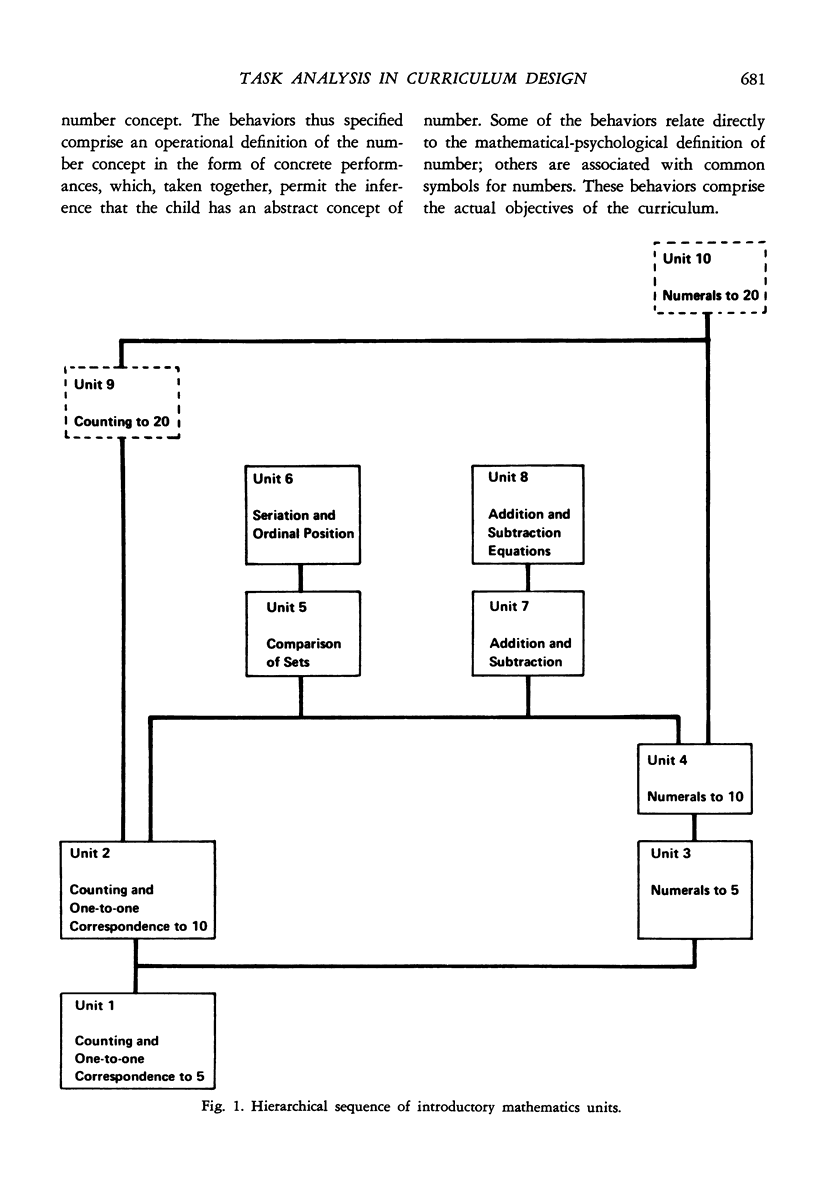
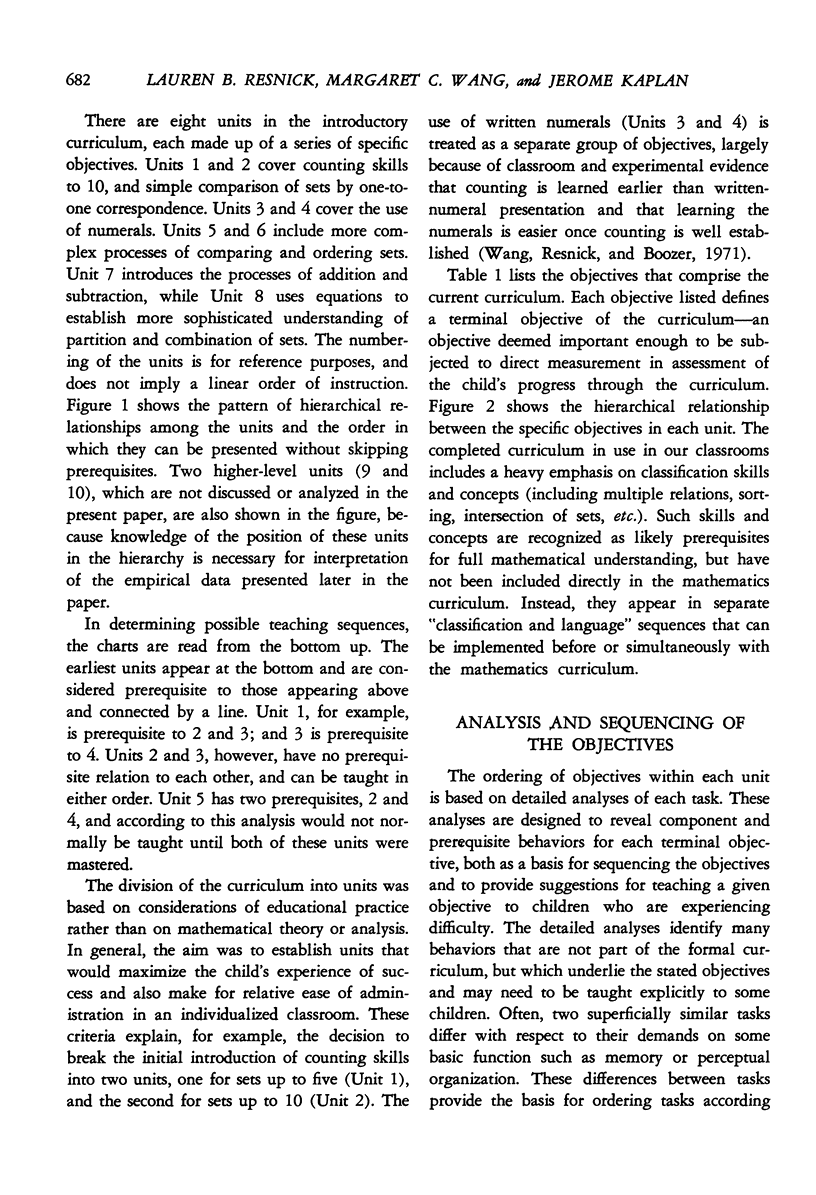
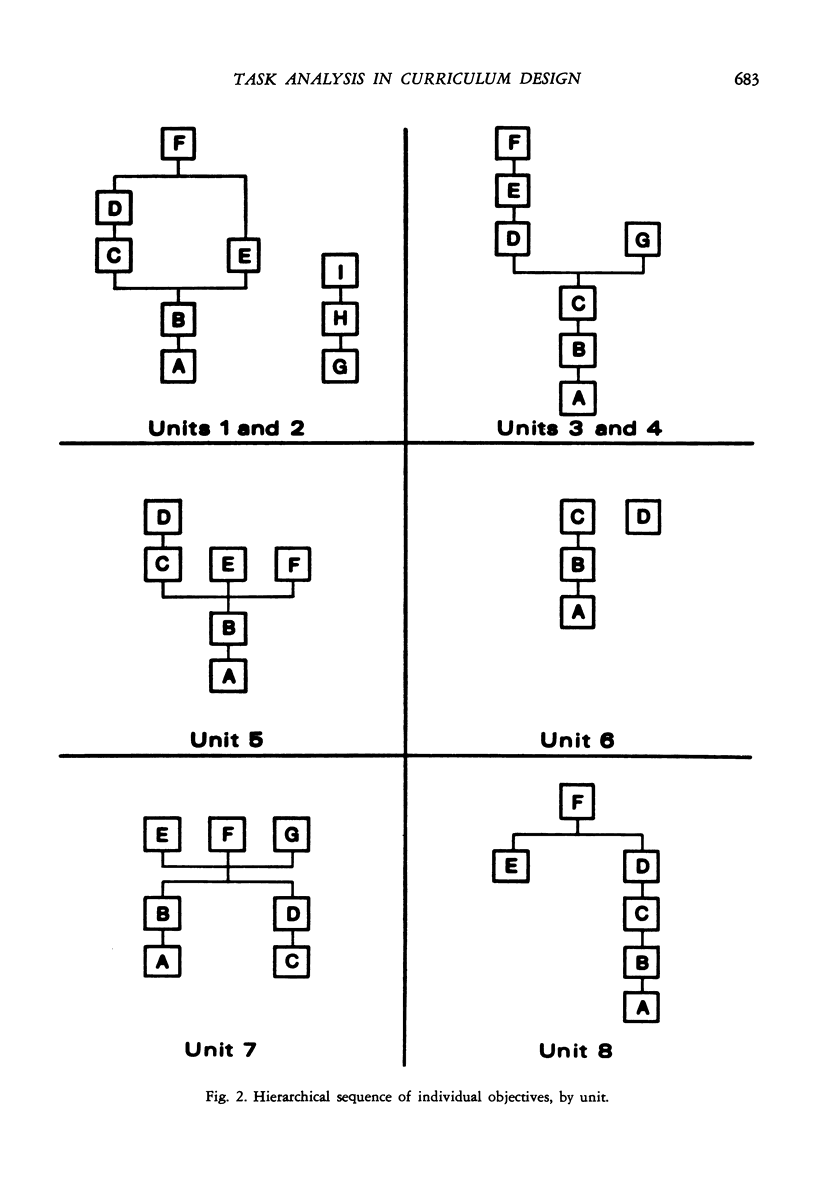
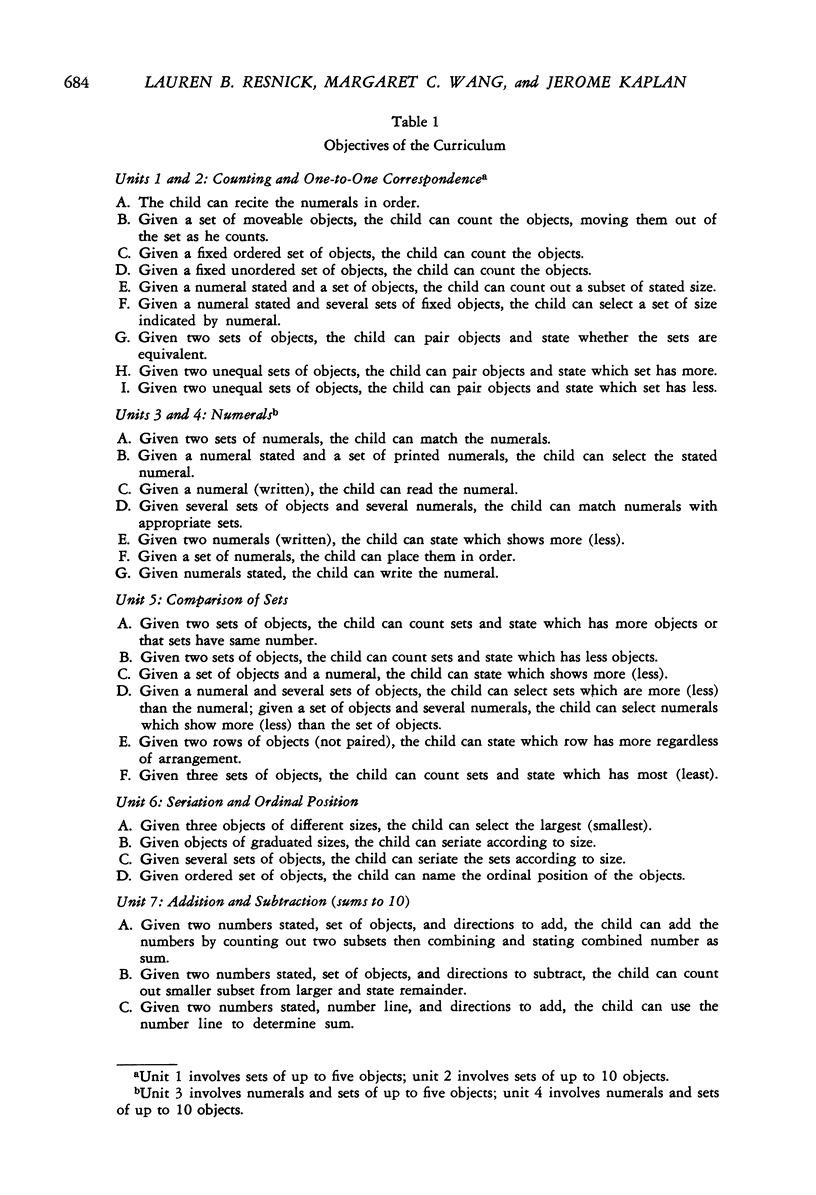

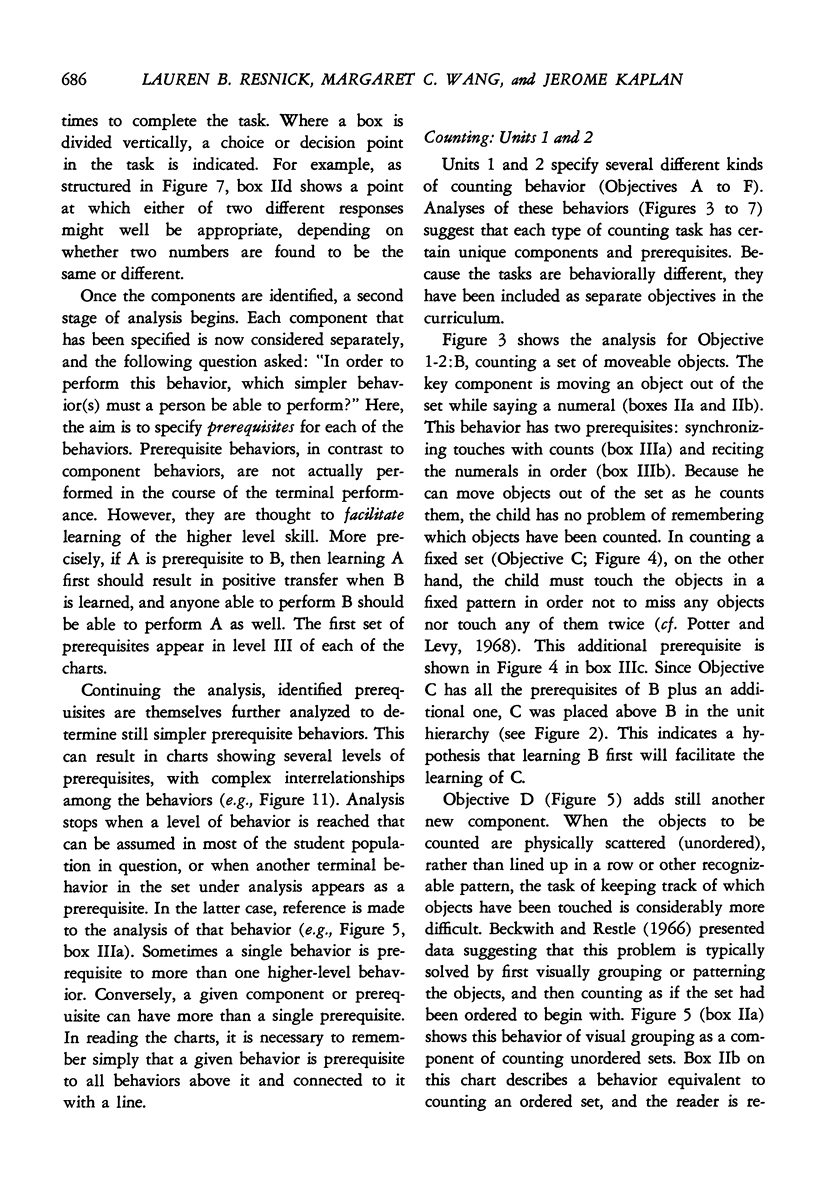
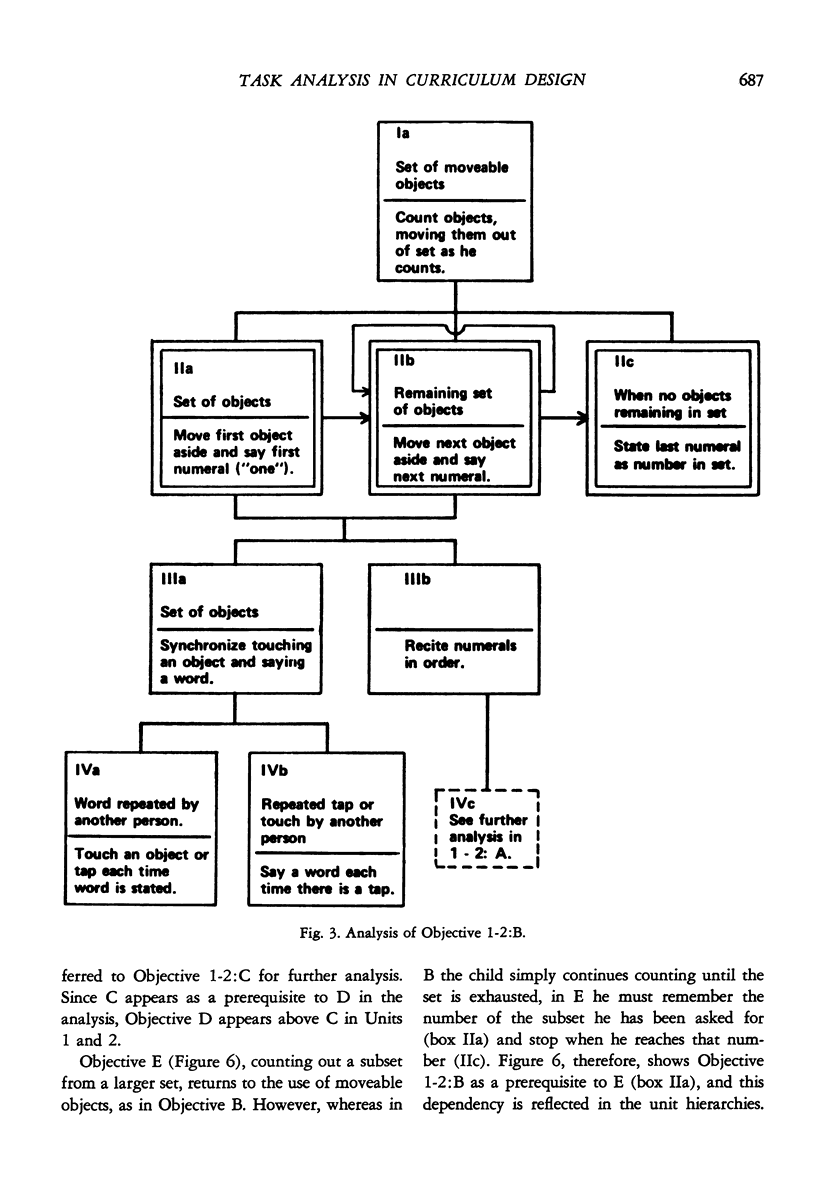
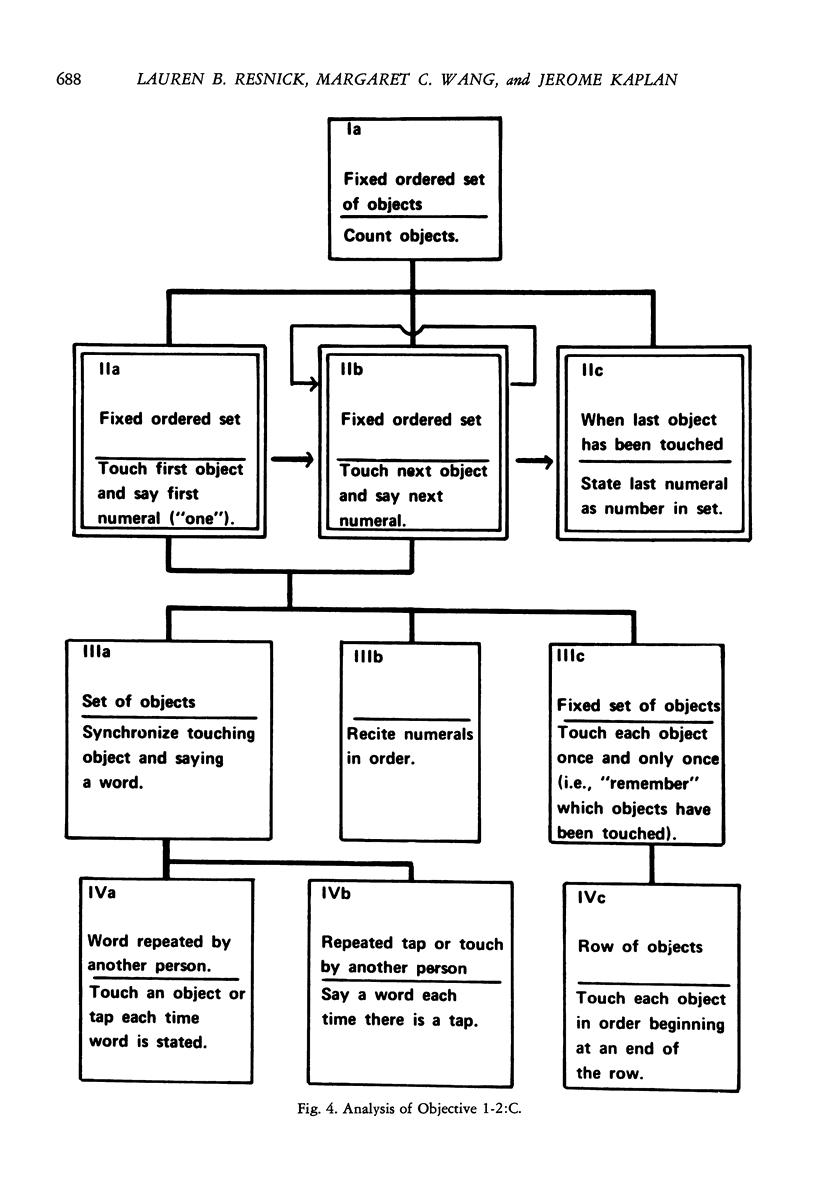
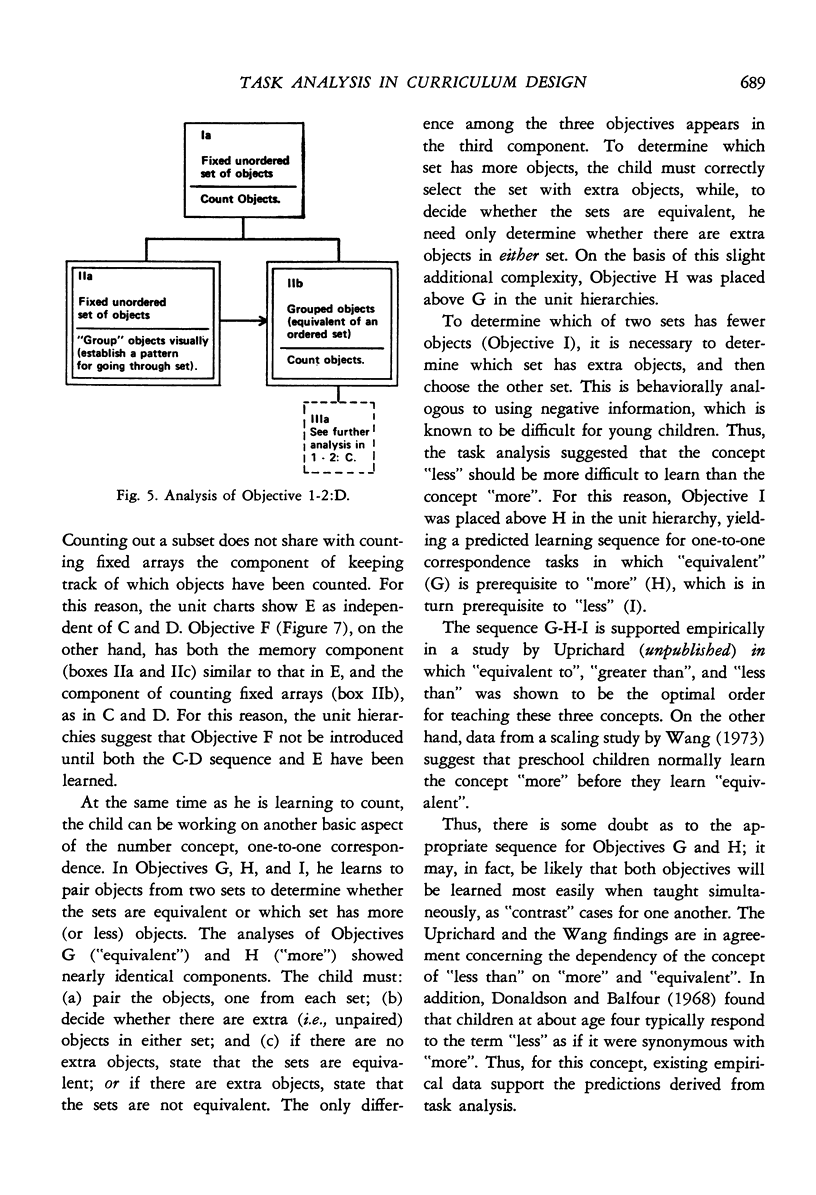
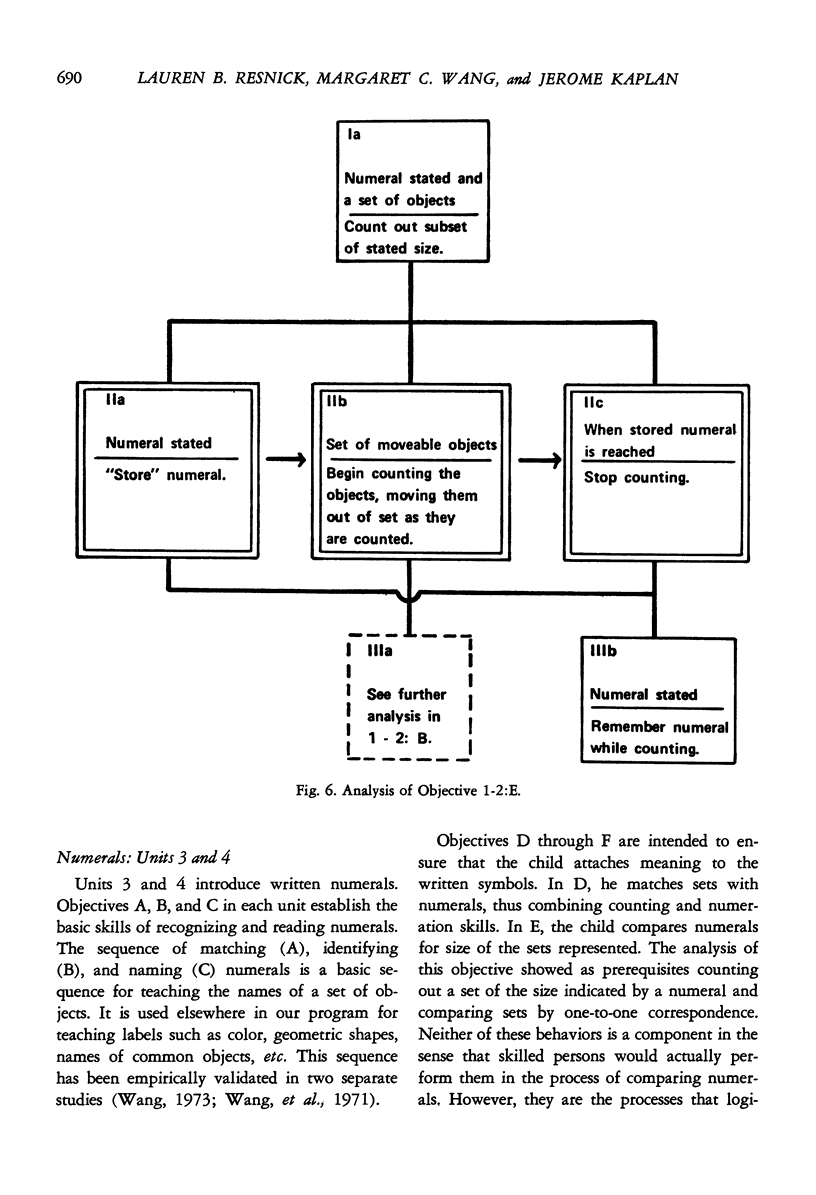
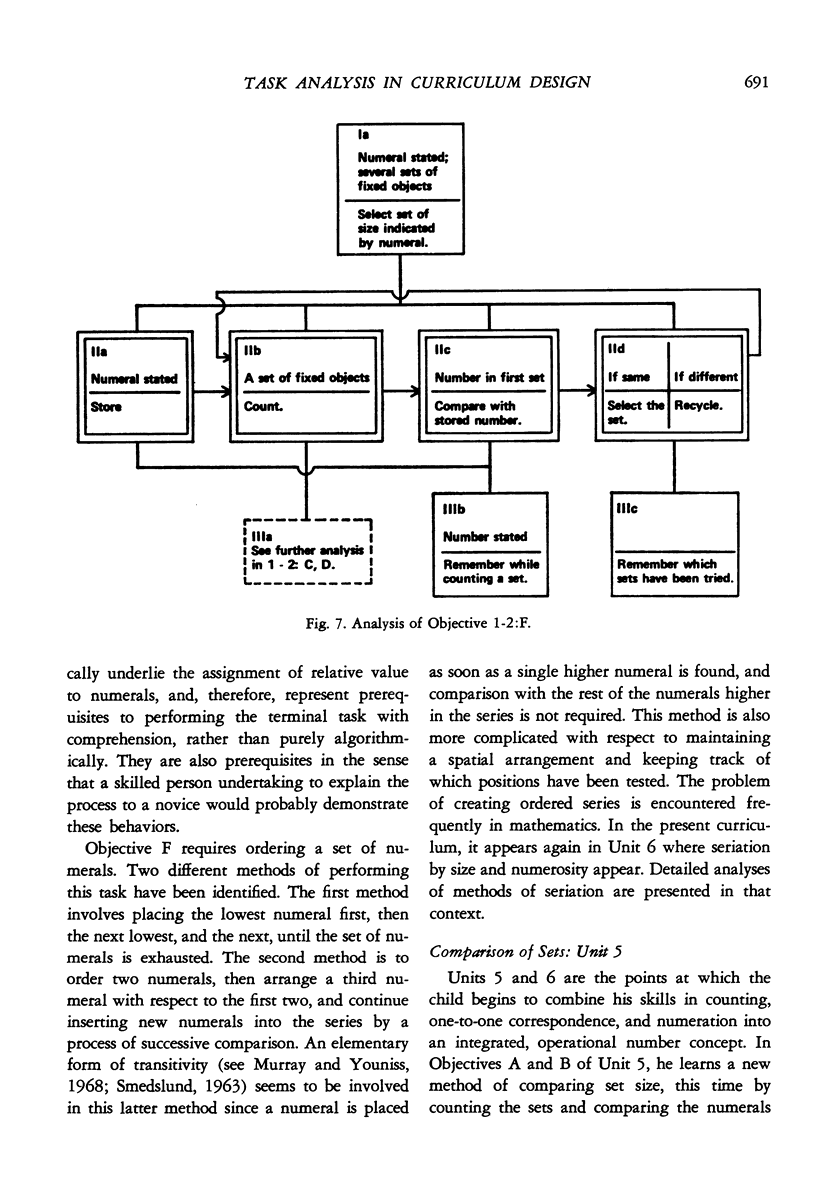
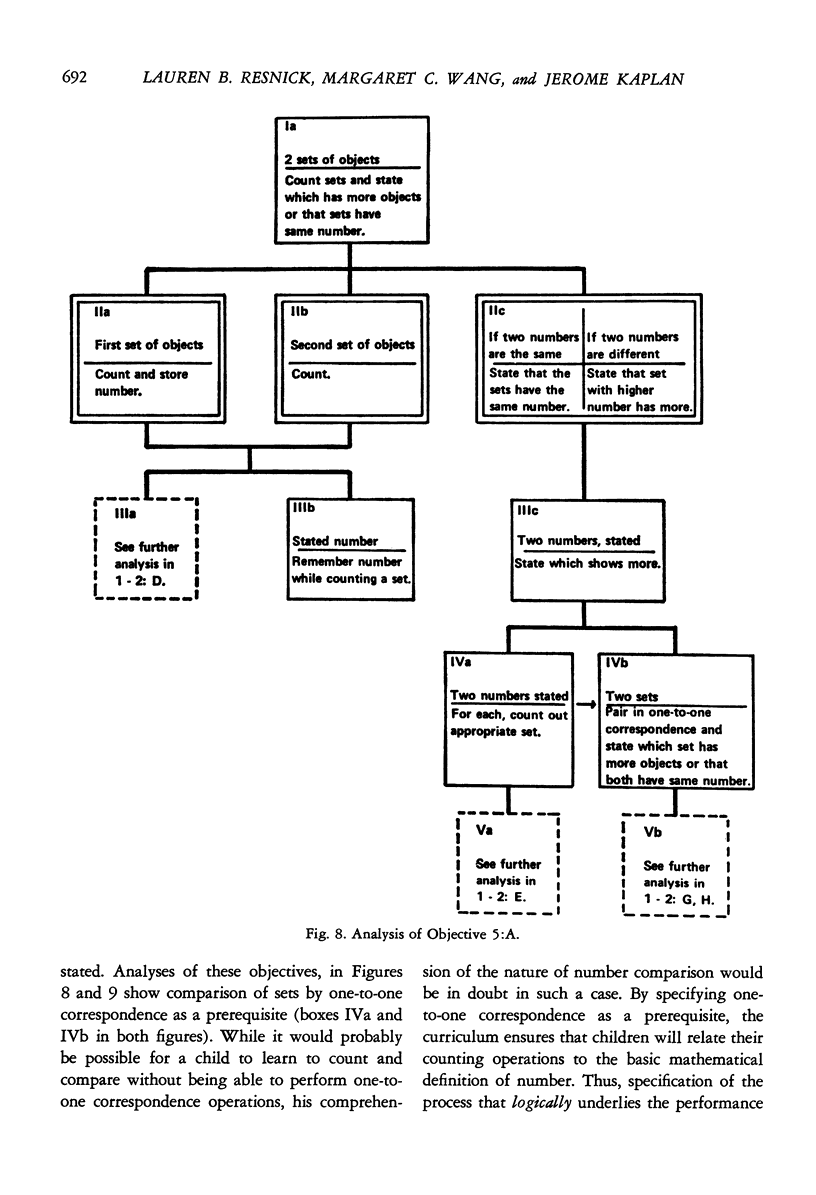
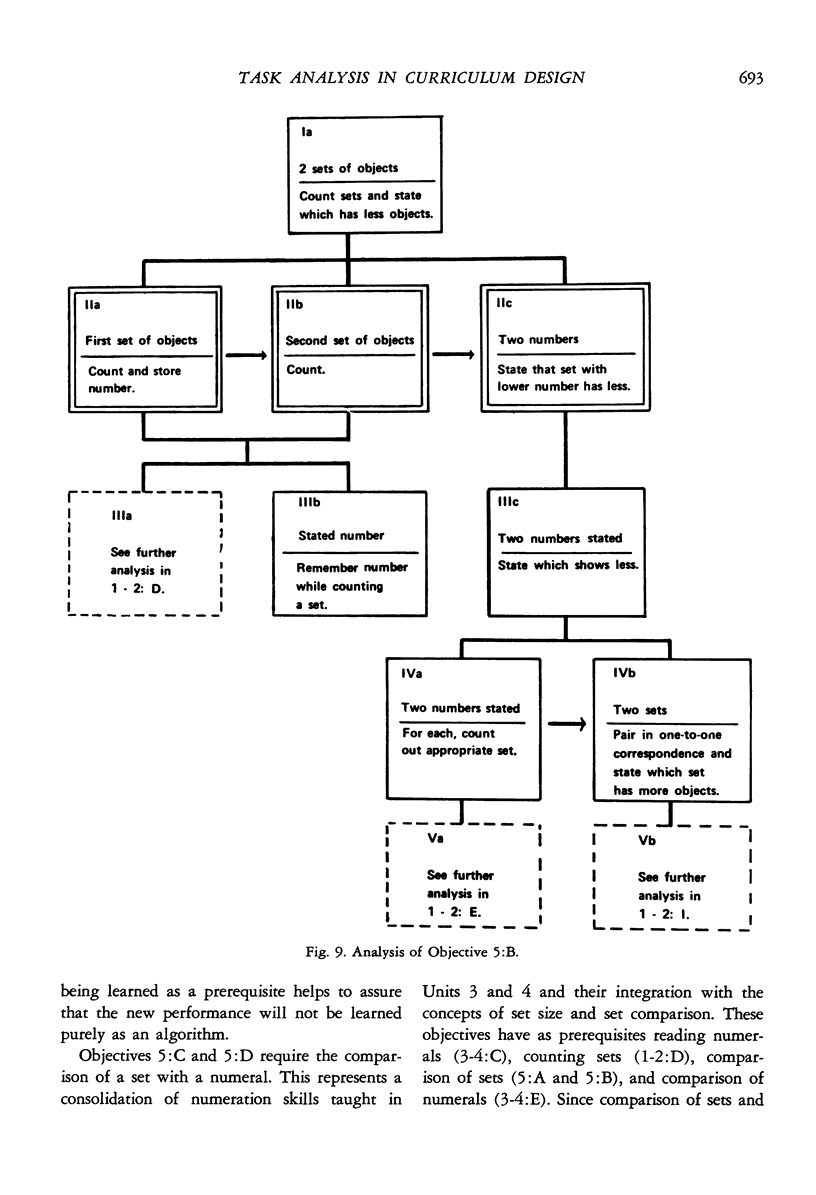
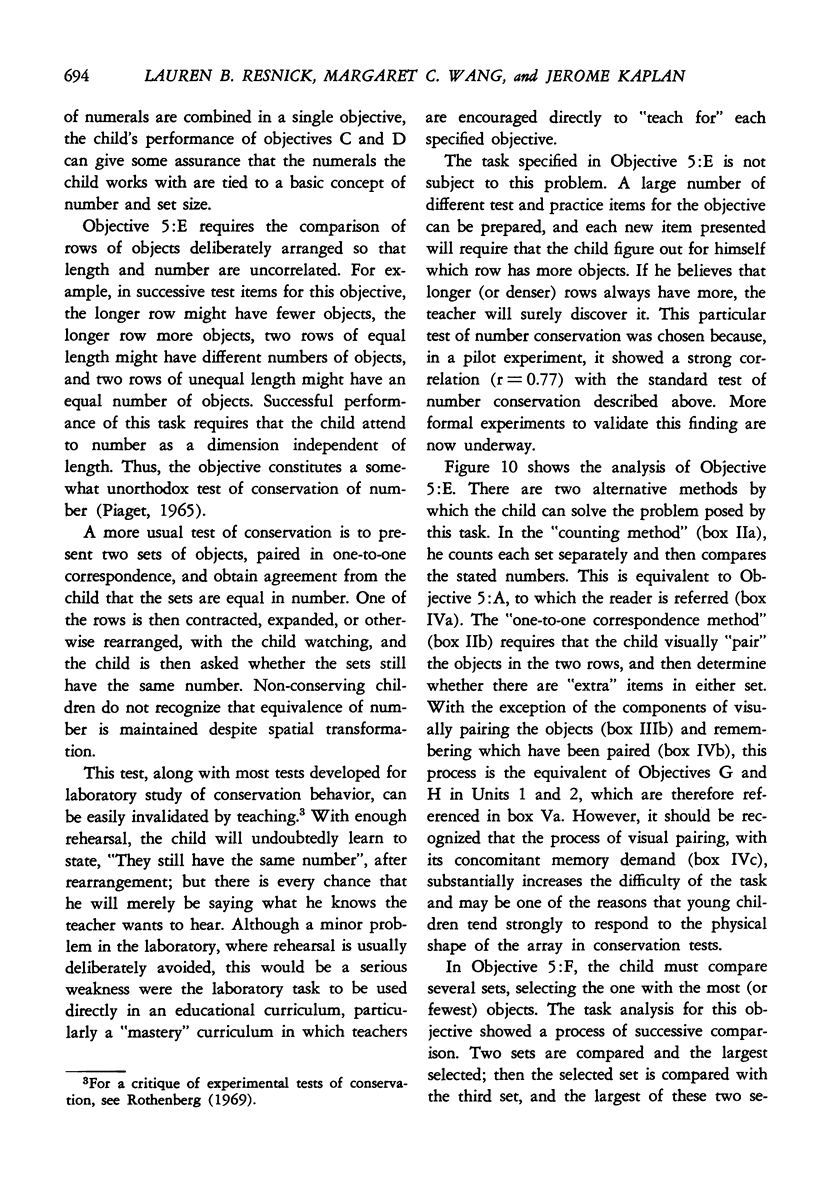
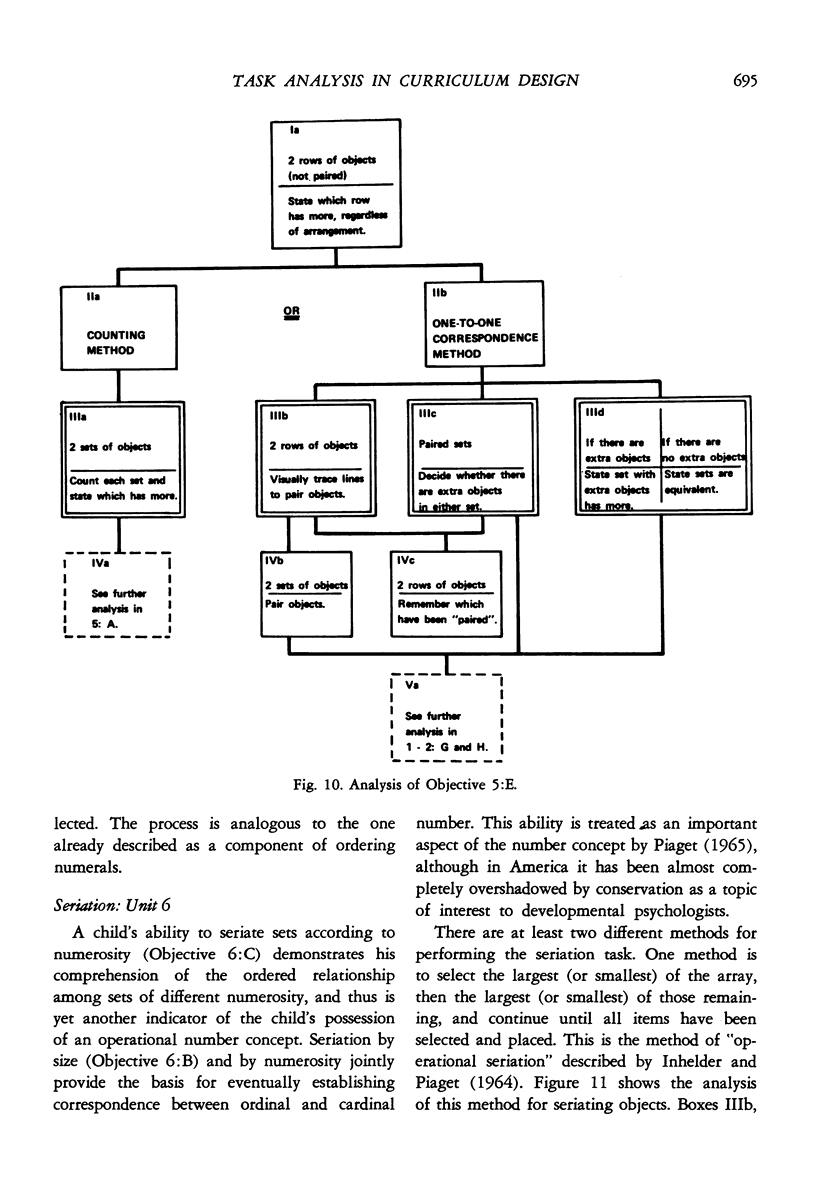
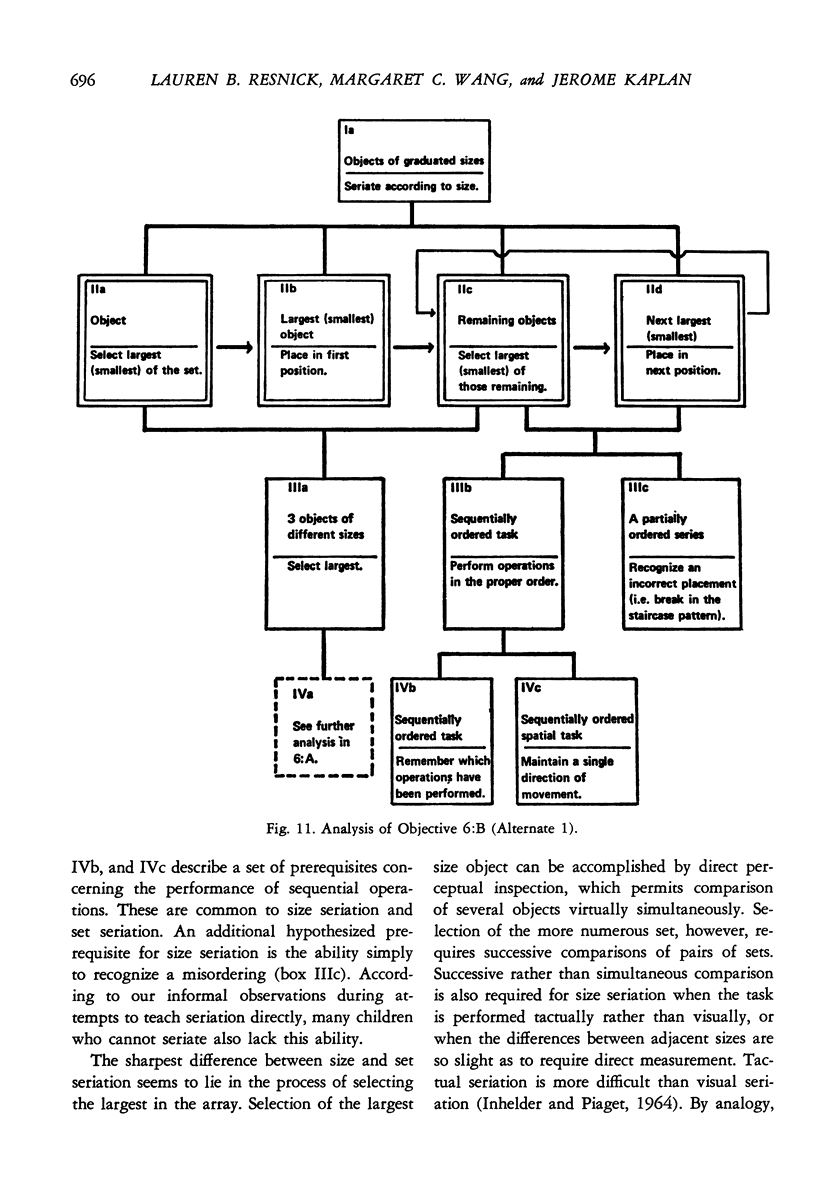
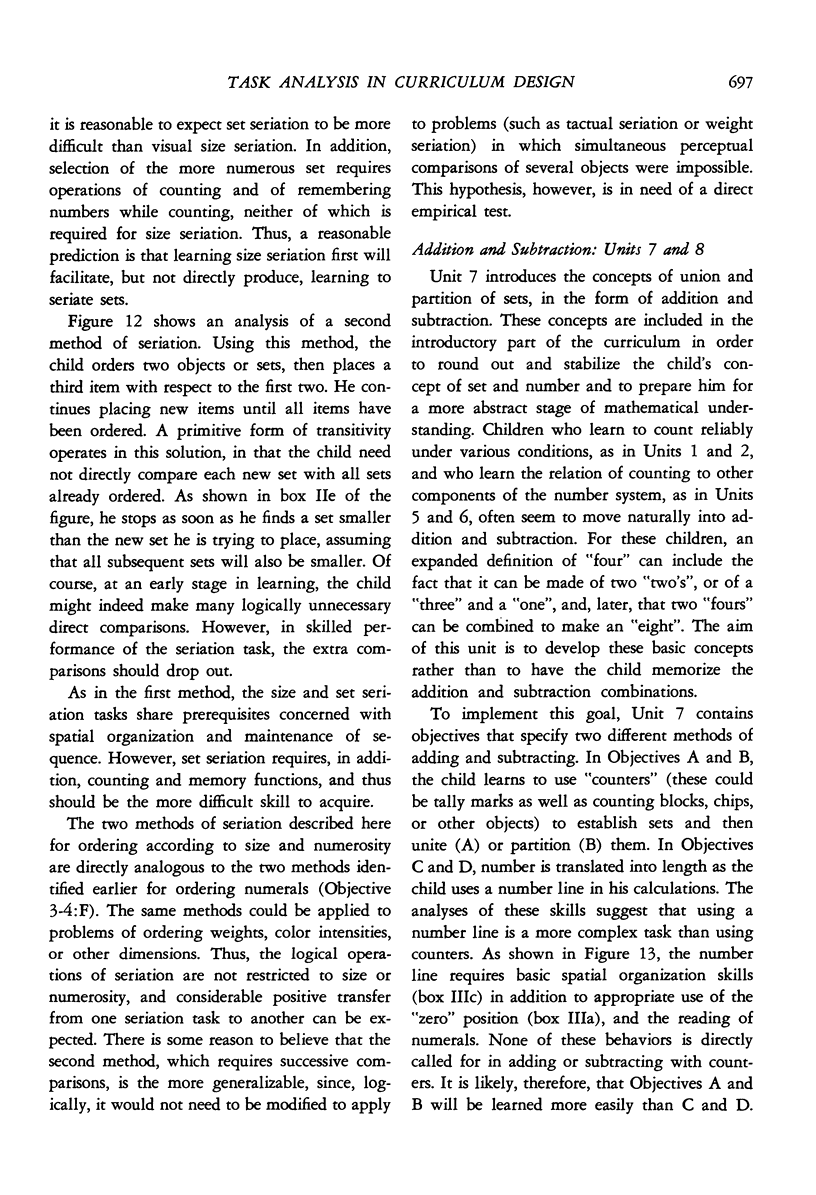
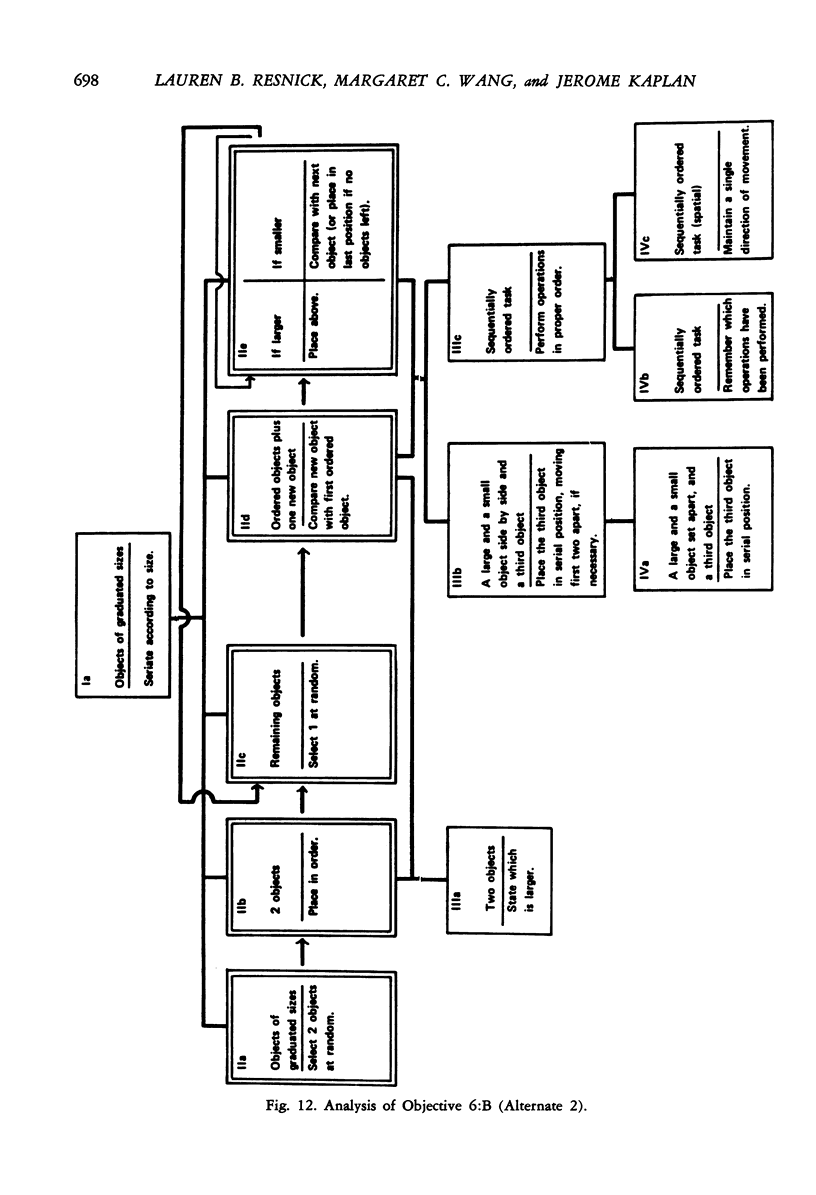
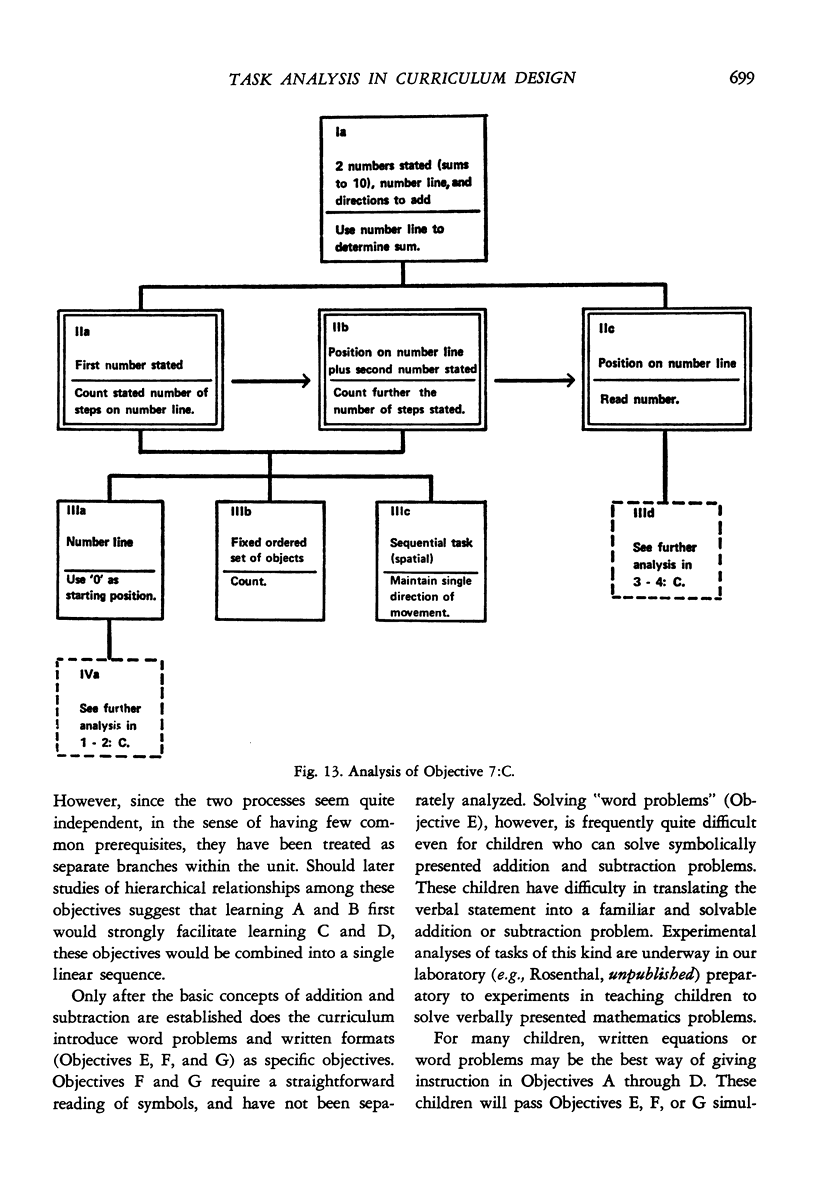

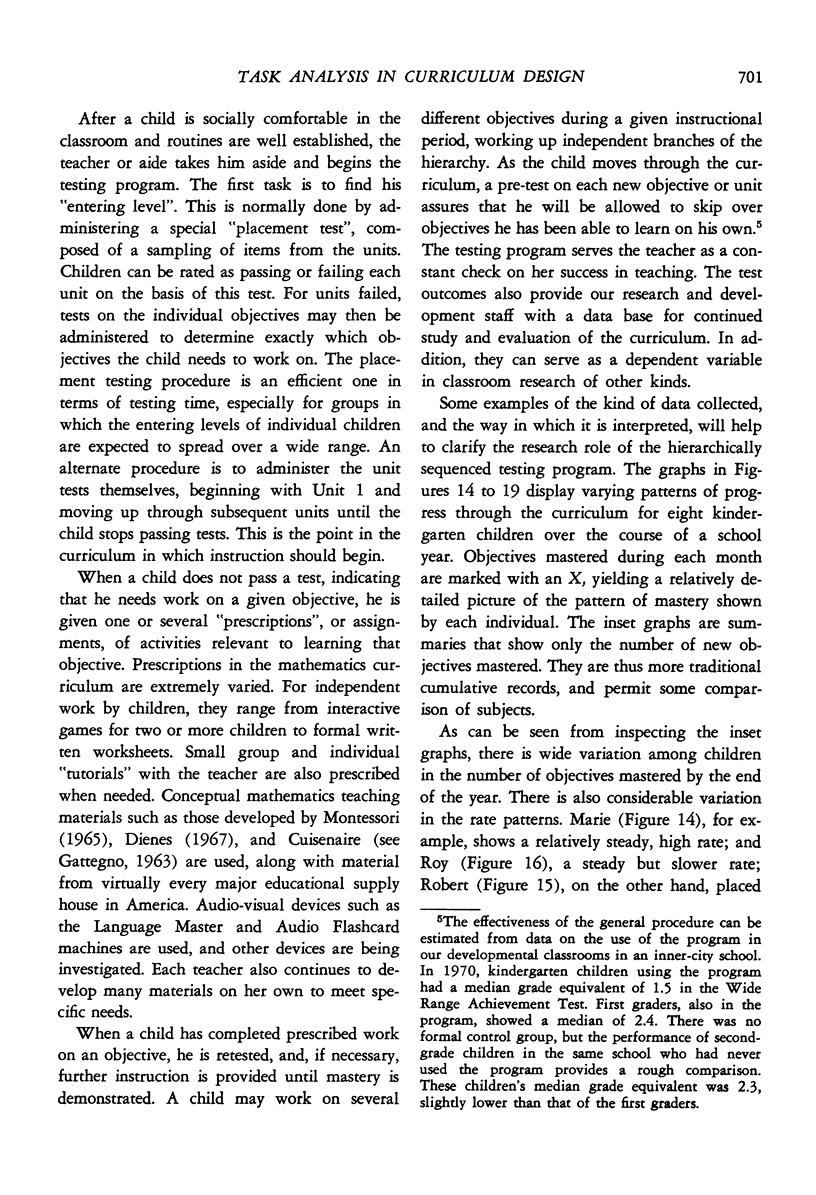
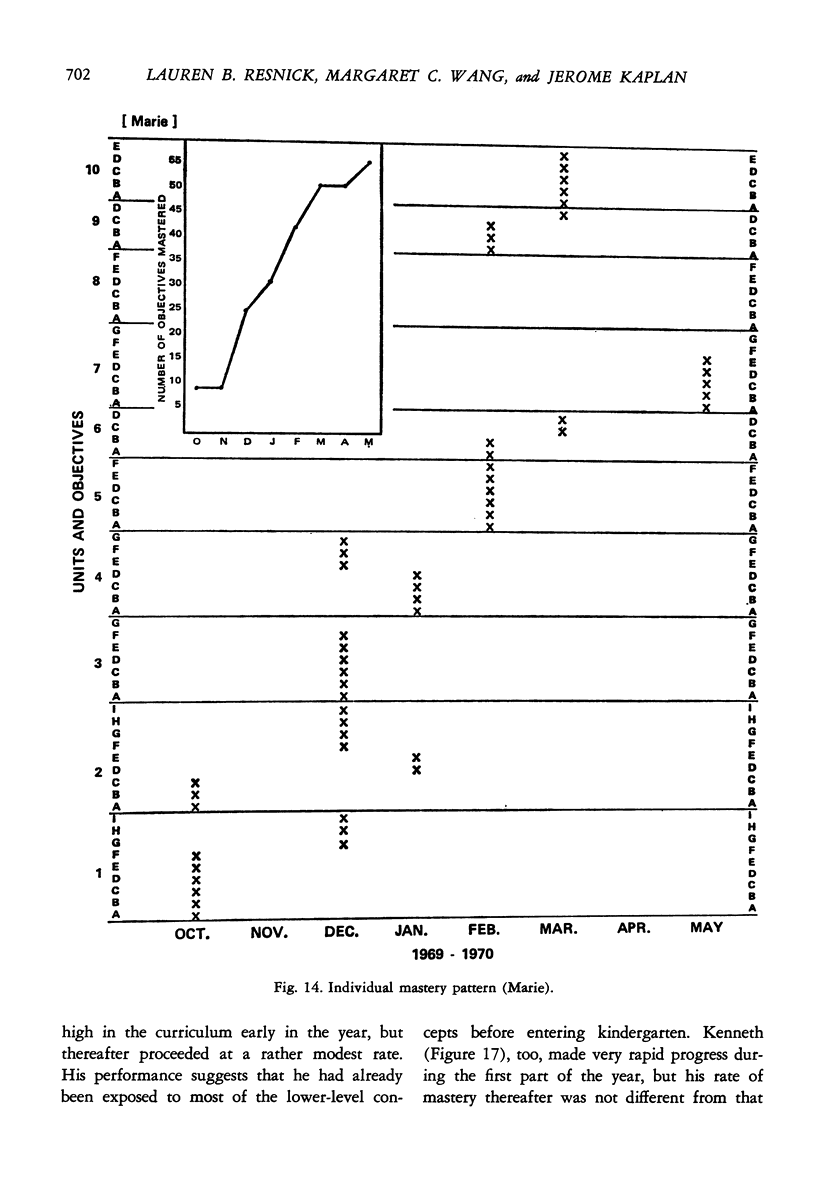
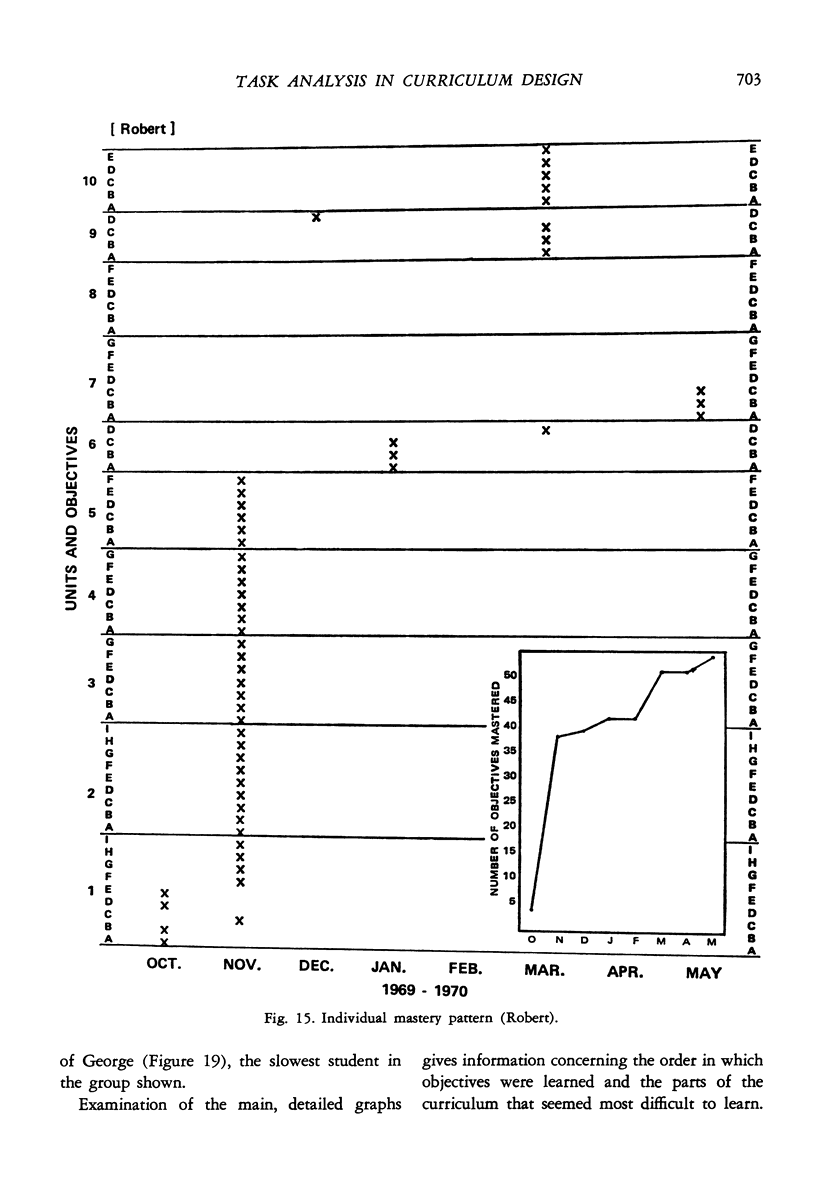
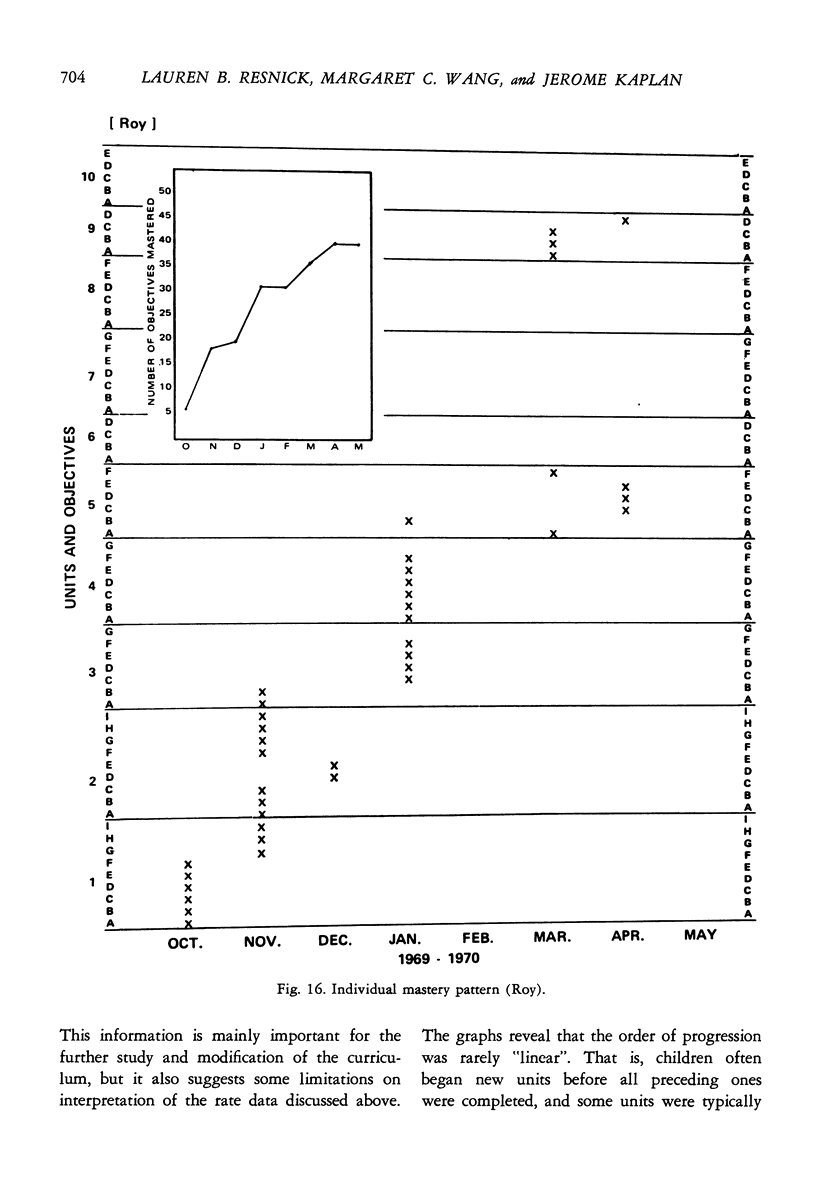

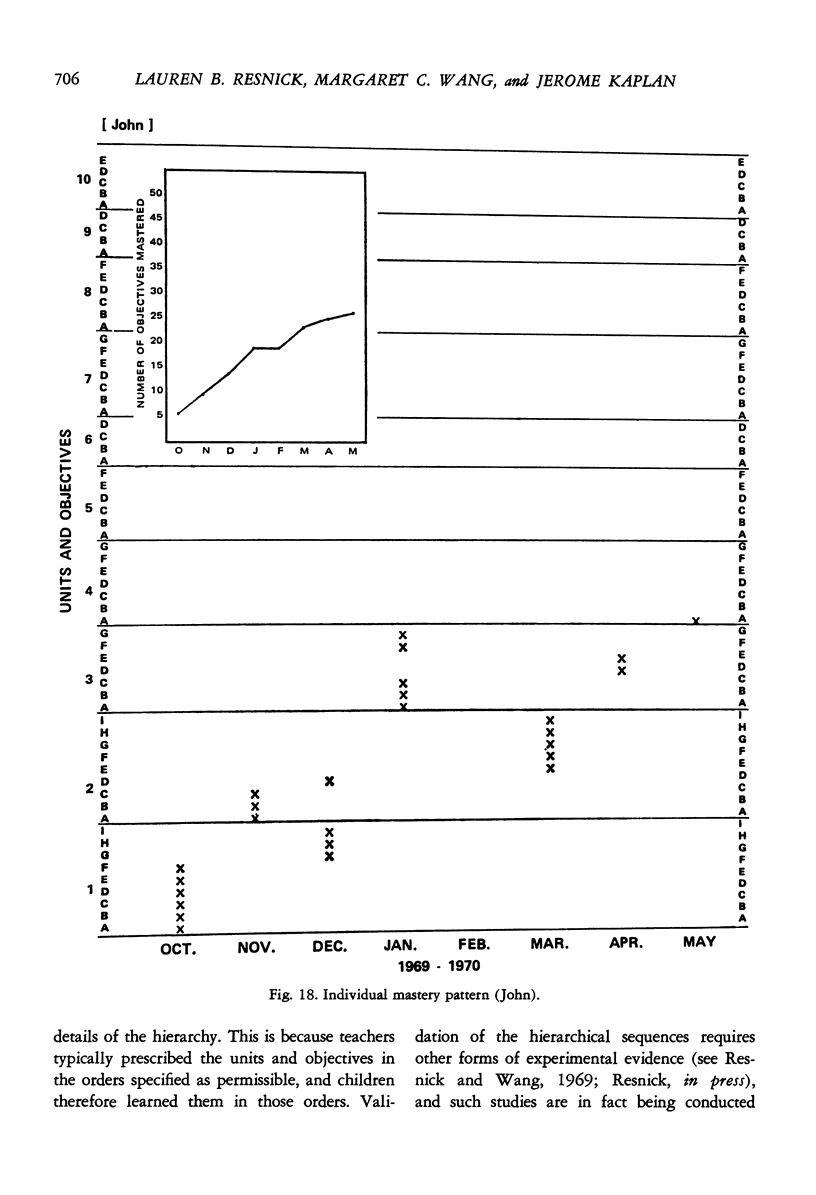
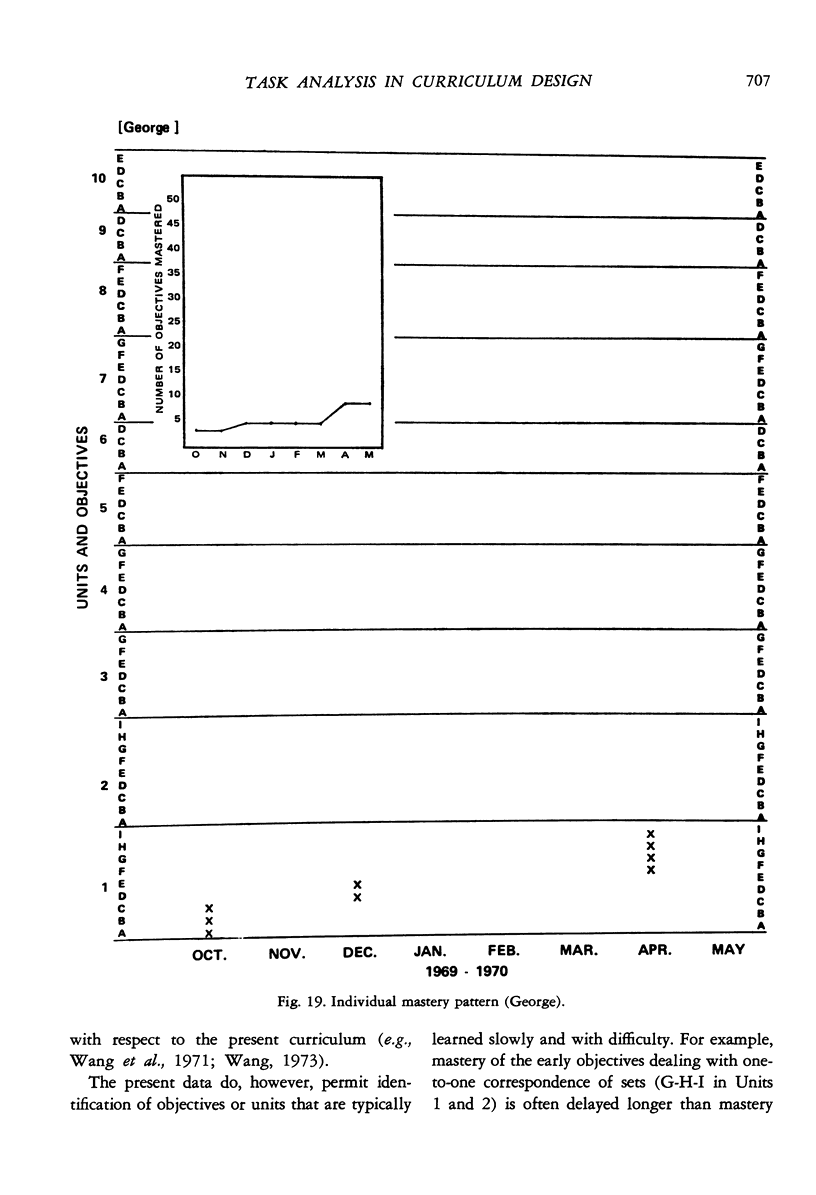
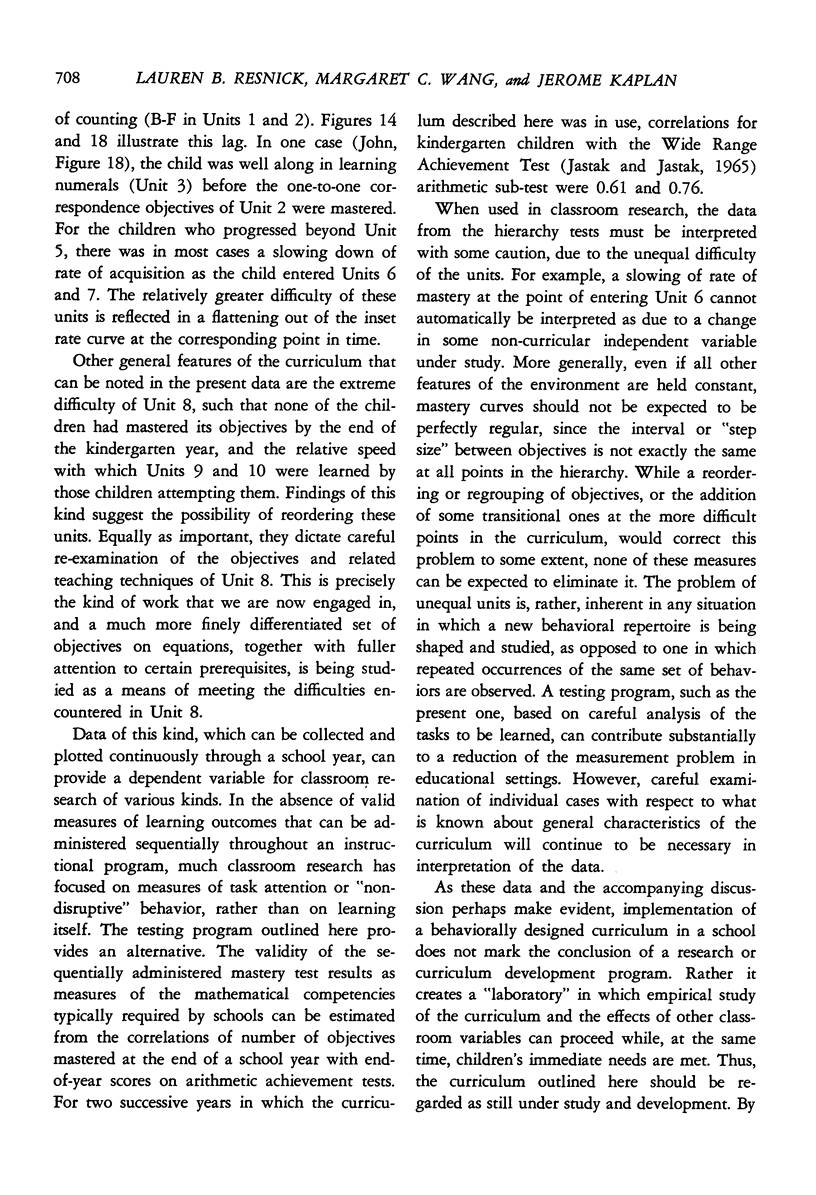
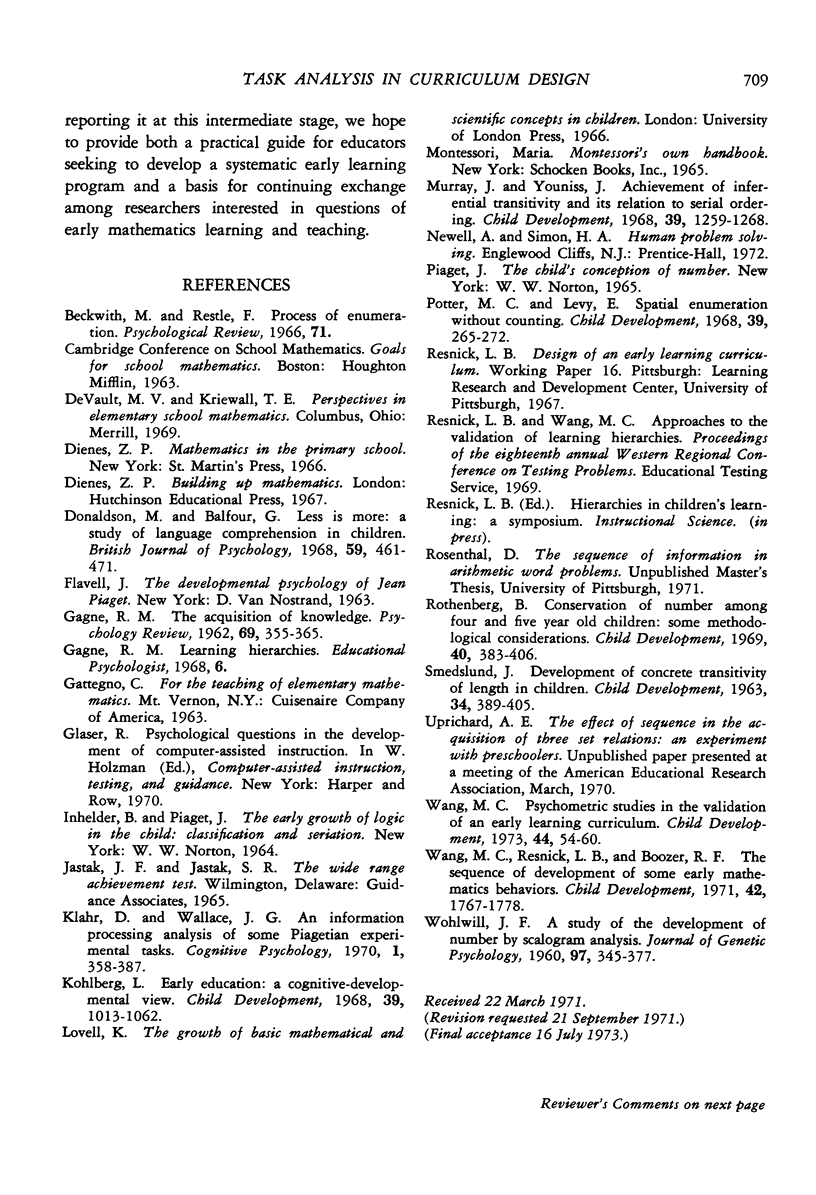
Selected References
These references are in PubMed. This may not be the complete list of references from this article.
- Murray J. P., Youniss J. Achievement of inferential transitivity and its relation to serial ordering. Child Dev. 1968 Dec;39(4):1259–1269. [PubMed] [Google Scholar]
- Potter M. C., Levy E. I. Spatial enumeration without counting. Child Dev. 1968 Mar;39(1):265–272. [PubMed] [Google Scholar]
- SMEDSLUND J. Development of concrete transitivity of length in children. Child Dev. 1963 Jun;34:389–405. doi: 10.1111/j.1467-8624.1963.tb05146.x. [DOI] [PubMed] [Google Scholar]
- WOHLWILL J. F. A study of the development of the number concept by scalogram analysis. J Genet Psychol. 1960 Dec;97:345–377. doi: 10.1080/00221325.1960.10534340. [DOI] [PubMed] [Google Scholar]


